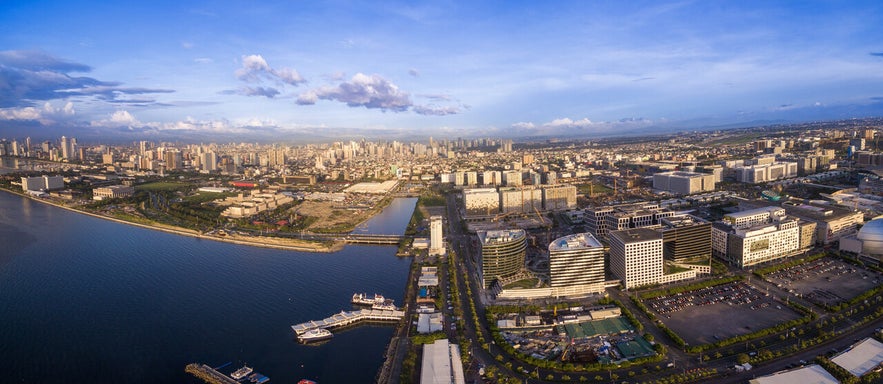Parañaque

The city is home to Entertainment City, a bustling area with world-class casinos, luxury hotels, and high-end shopping malls like Solaire Resort and City of Dreams. These destinations offer entertainment, fine dining, and lively nightlife. For shopping enthusiasts, Baclaran Market is a haven for bargain hunters, featuring affordable goods and authentic Filipino street food.
Parañaque is also known for its strong religious traditions. The National Shrine of Our Mother of Perpetual Help, commonly known as Baclaran Church, is one of the most visited Catholic shrines in the country. It attracts thousands of devotees every week, especially on Wednesdays, known as “Baclaran Day.”
For nature lovers, the Las Piñas-Parañaque Critical Habitat and Ecotourism Area (LPPCHEA) provides a serene escape. This coastal wetland sanctuary is a haven for migratory birds and a great spot for eco-tourism activities like birdwatching and walking trails.
Best Time to Visit
The best time to visit Parañaque is during the dry season, which runs from November to May. These months are ideal for exploring outdoor attractions, enjoying the bustling street markets, and appreciating the coastal views of Manila Bay. Avoid the rainy season (June to October) to minimize disruptions to your itinerary and fully enjoy the city’s offerings.









